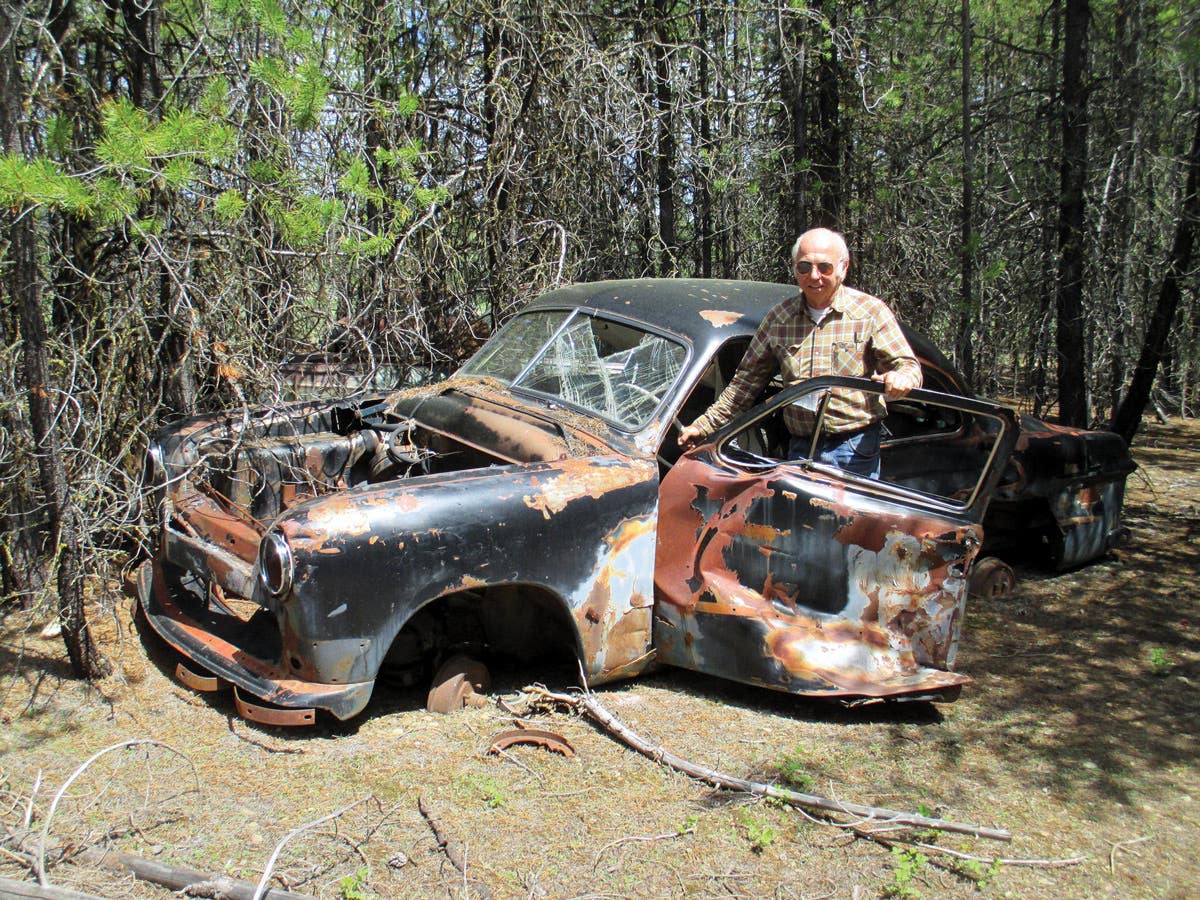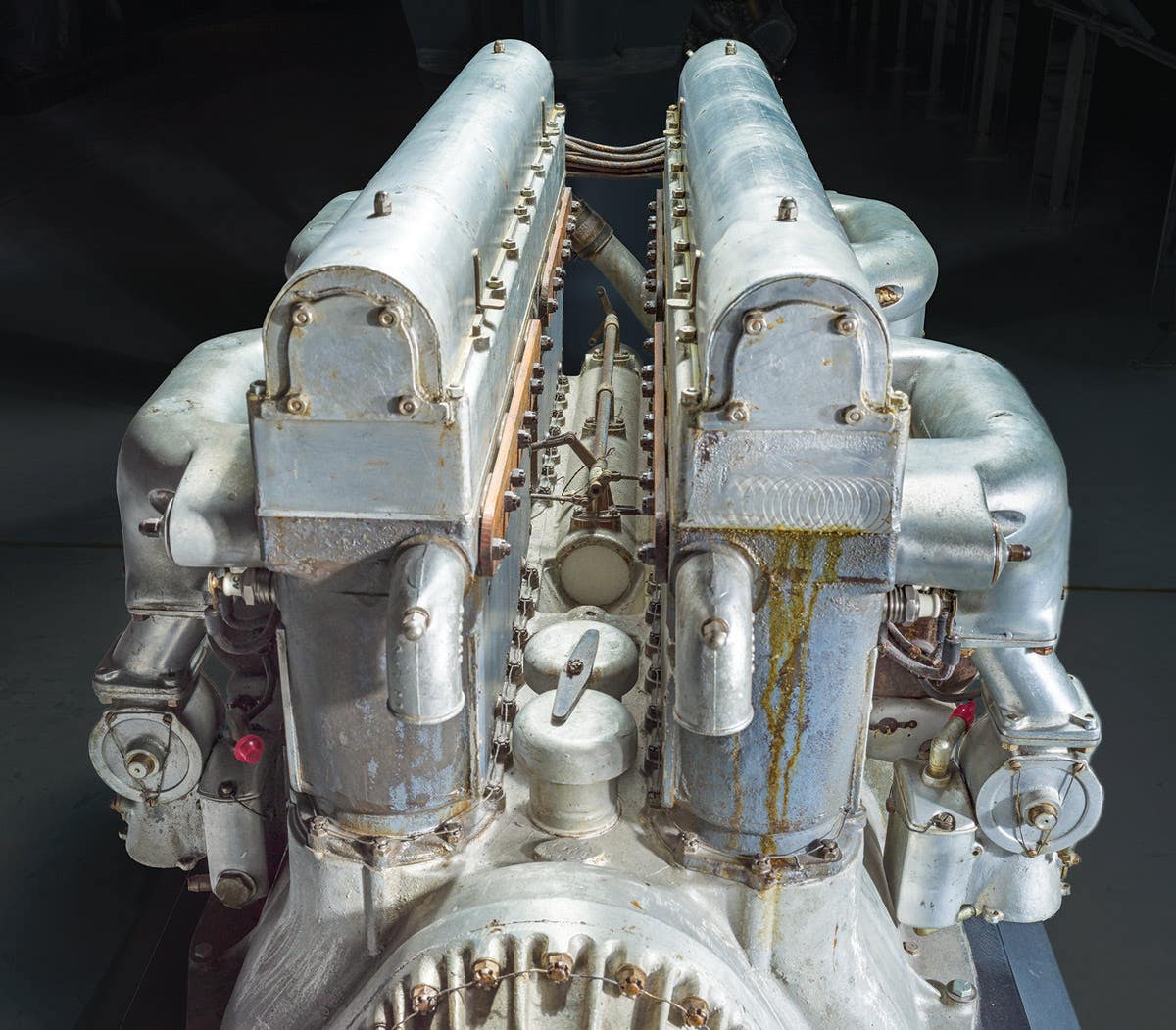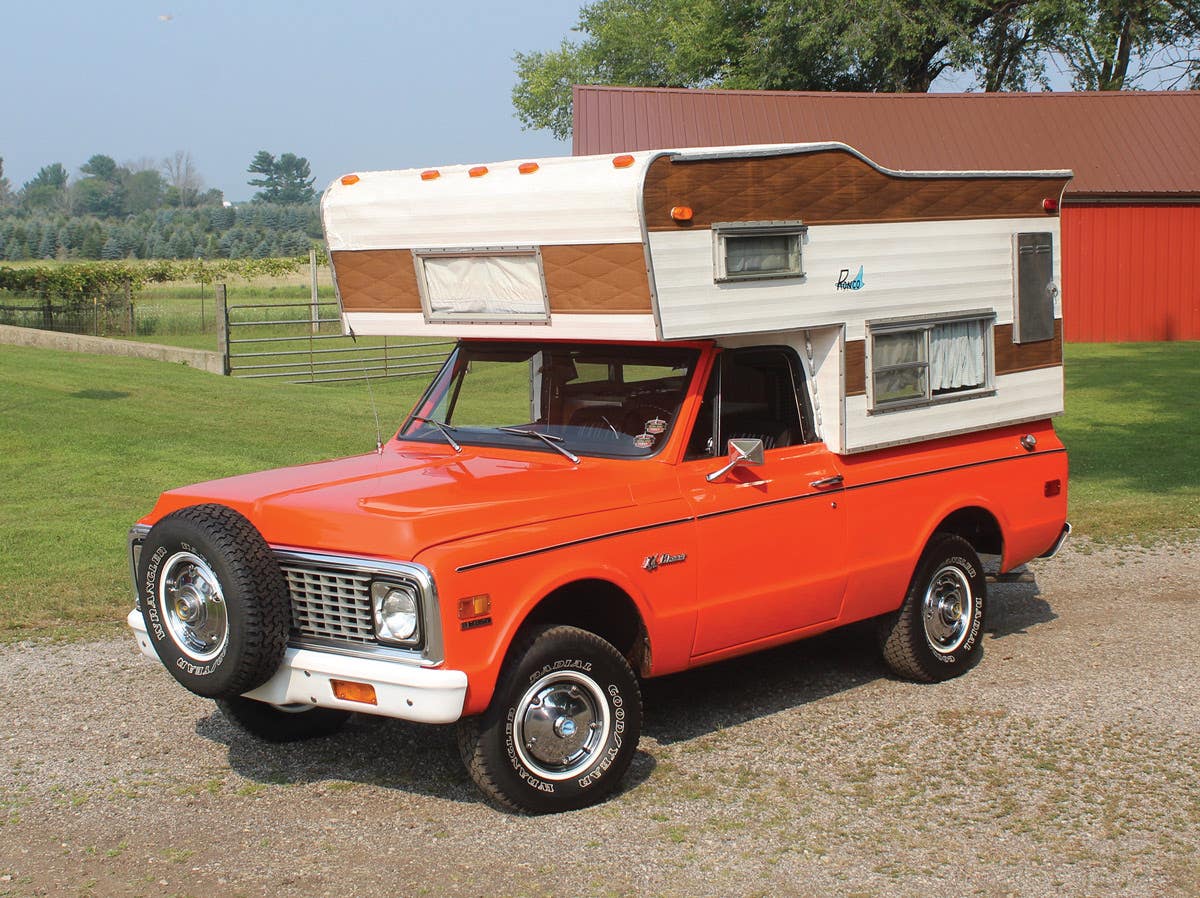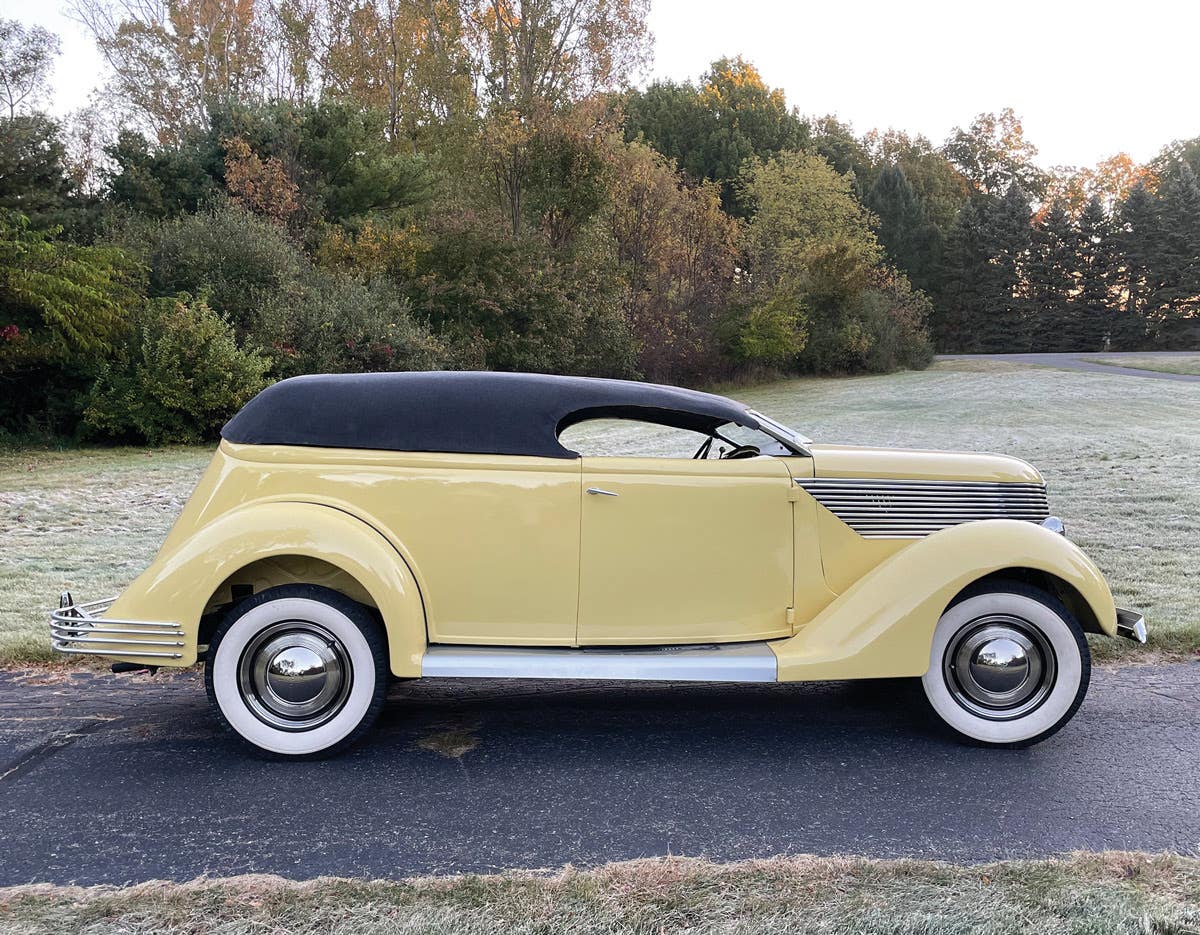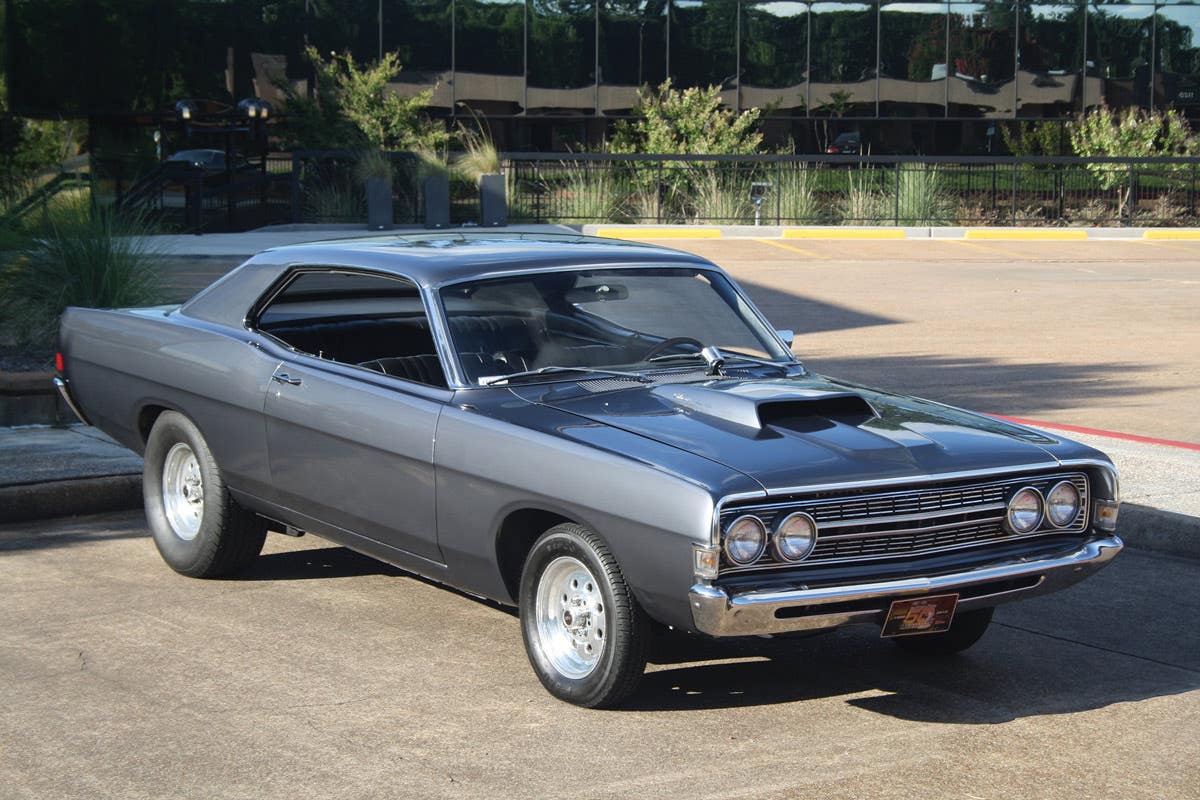Model A reform school for teenage couch potatoes
Ford Model A clubs involve, reward young people in the hobby.
Matt Johnson and his mentor, Dick Stitt, with Johnson’s newly
restored Model A coupe.
Numerous clubs struggle with the fact that they are not attracting younger people to the hobby. There is a fear that if we don’t get young people involved, this hobby will fade away.
The article “Punks & Geezers” by Bob Tomaine in Old Cars Weekly’s 2008 “State of the Hobby” issue highlights the problem and is well worth reading and considering.
People are concerned. For example, Steve Moskowitz, ex-officio executive director of the Antique Automobile Club of America, believes the problem is not new and is serious.
“I worry where we’re going to be 10 years from now,” he said. “I really do. I think 10 years from now is really a big watershed moment.”
I believe that there are serious efforts being made across the county by individual enthusiasts and by clubs to remedy this situation. Some work, but some don’t. How successful these efforts are overall needs time and study to determine. The following is an example of what is being done by two clubs to help solve this problem.
The two national Model A Ford Clubs, The Model A Ford Club of America (MAFCA) and The Model “A” Restorers Club (MARC), have combined to offer the Model A Youth Restoration Award Program designed to help young people in the restoration of a Model A Ford. This program is governed by a board of directors of Model A owners from Texas, California and Massachusetts.
In both 2004 and 2006, the program presented nine young people with $1,160 each. At the joint MARC/MAFCA World Model A Ford Meet in Dallas in June 2008, twelve youths’ Model A’s were each awarded $975. These awards, consisting of cash and gift certificates, were designated for the young people to use in restoring their Model A Fords. That’s 30 young people attracted to the Model A hobby. The next awards will be given in 2010 at the MAFCA National Convention in Vancouver, British Columbia. Financial support for these awards comes from sponsoring chapters and regions of the two Model A clubs, from participating vendors and from private contributions.
A new wrinkle to this program was added in 2008 at Dallas. Two lucky young men, each 14 years old, were given restorable 1931 Ford Model A Victoria models. They qualified according to stringent rules and must actively work on restoring the cars if they wish to continue with the program. At last report, both young men, Frank Vitetta and Chris Mills, are hard at work on the projects.
To meet the criteria for these Youth Restoration Awards, a recipient must be the child and/or grandchild of members of MARC/MAFCA; the youth must be between 12 and 21 years of age; the youth applicant must possess and be in the process of restoring a Model A Ford; the restoration must be intended for personal use (not for resale or by contract for another individual); and modified or hot rod projects are not eligible for consideration.
It should be noted that receiving help and guidance from knowledgeable Model A folks is acceptable, as long as the young person is actively involved in the restoration process. Also, these awards are not limited to young men. Young women are eligible.
Another program jointly supported by the two Model A Ford clubs involves the awarding of scholarships from the Model A Ford Youth Scholarship Fund, Inc. The total awarded in scholarships since the first in 2002 is $122,000 to 32 deserving recipients.
Both programs are charities (501c3) by the IRS. For further information on these worthwhile programs, contact Charlie Viosca, 11084 Windjammer Dr., Frisco, TX 75034 - 972-625-2922.
Rewarding Ford behavior
Founded in 1963, the 160-family Minuteman Model A Club of Sudbury, Mass., is one of a number of chapters and regions across the country that actively support the involvement of young people in the hobby, both by sponsoring the Model A Youth Restoration Awards and by various initiatives with young people living in their communities.
This club has three younger members in their late teens or early twenties who are actively involved: Fred Hamway, Dave Willens and Matt Johnson. Hamway has a 1930 phaeton he inherited as a restored car through his family, as he grew up in the hobby. Willens has restored a 1930 pickup and is the secretary of the Minuteman Club. Johnson has restored a 1930 coupe. Both Willens and Johnson were actively involved in the restoration process of their cars and, along with Hamway, continue to drive and enjoy their Fords in chapter activities.
The Minuteman Club, through its Youth Restoration Awards and the help of individual members, supports the efforts of all three of these young men. Johnson was among the 12 recipients of the Model A Youth Restoration Awards presented in 2008 by the national clubs.
Willens and Johnson have fascinating tales to tell about their involvement in the Model A hobby and the work that was done to get their A’s on the road. Since that is not the specific focus of this column, the complete stories will be told in an upcoming column. But, here’s a brief look into how these two young men connected with their Model A Fords:
A tale of two A’s
In 2002, at the age of 15, Dave Willens and his father saw, for the first time, what would become Willen’s restored Model A pickup. Sitting under a tree with weeds growing up beside it was the truck.
“My father,” writes Dave, “saw a big heap of rusty junk and I saw the potential for a real adventure.” With the help of financial and work support from Minuteman Club members, Willen’s “big heap of rusty junk” eventually reached its potential and became the classy pickup he now drives and enjoys.
Johnson’s involvement with his coupe began in 2006 when he saw the car for the first time in all its “I need help condition.” The car lacked fenders, running boards, upholstery and glass in the window frames. Duct tape held the doors shut. The wheels were both the wrong size and the wrong style. With the help of club member and family friend Dick Stitt and a number of other club members, Johnson completed the restoration of the car in 2008.
In my view, these examples of initiatives to involve young people in the old car hobby are just the tip of the iceberg. There’s a lot more happening in “old car land.” You don’t even have to be active in a club to do something about the problem. For example, a simple thing that can be done is to take the time to welcome the attention of young people to your car. Tell them about it. Invite them to go for a ride or just sit in the car. Hey, you never know what a little reaching out can do. Remember, young people are not going to come to us. We need to welcome them to our hobby.
The author welcomes comments and information about what is being done by other clubs and individuals to interest young people in the old car hobby. Send your thoughts and ideas to me care of Old Cars Weekly editor Angelo Van Bogart. A future column to share what is being done is a distinct possibility.
MORE RESOURCES FOR CAR COLLECTORS FROM OLDCARSWEEKLY.COM




